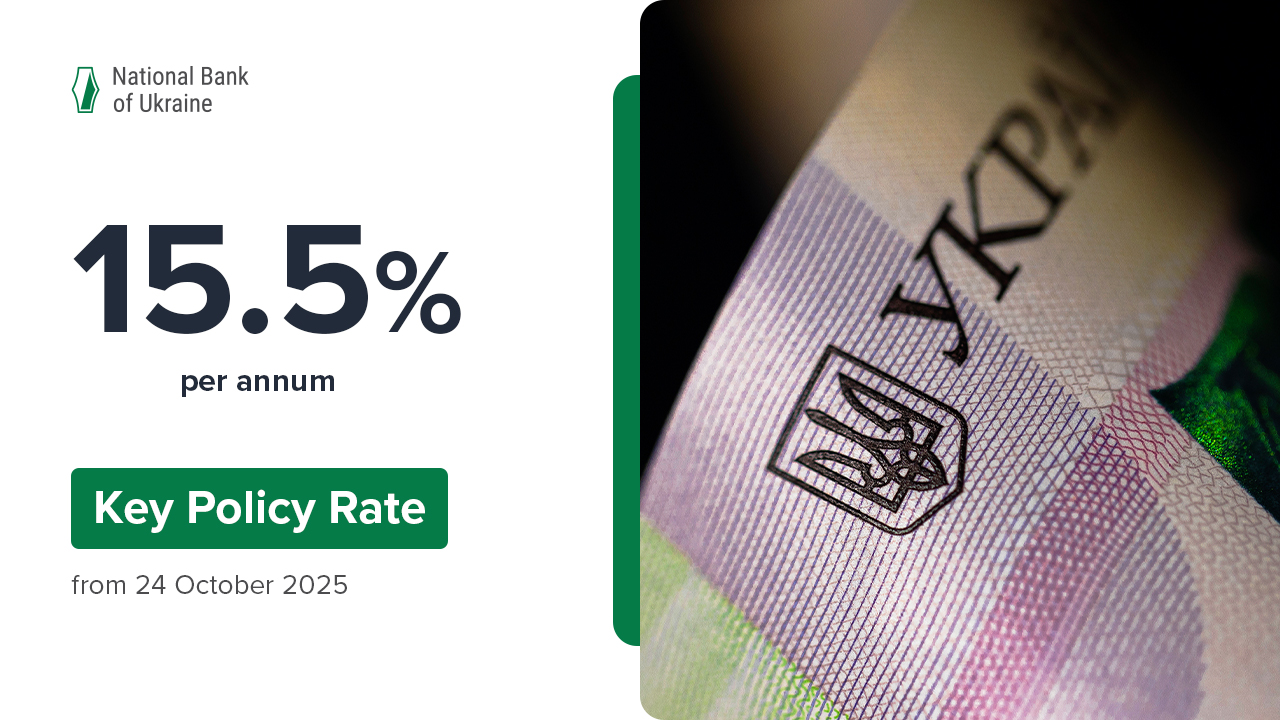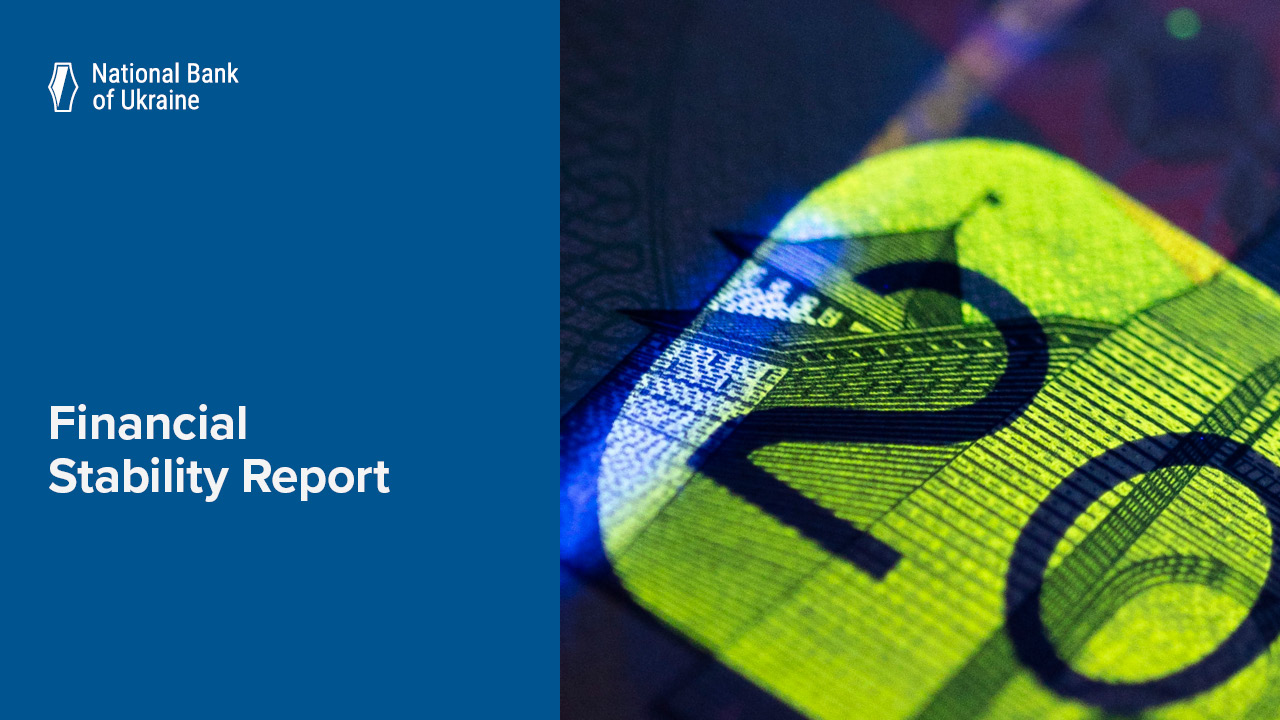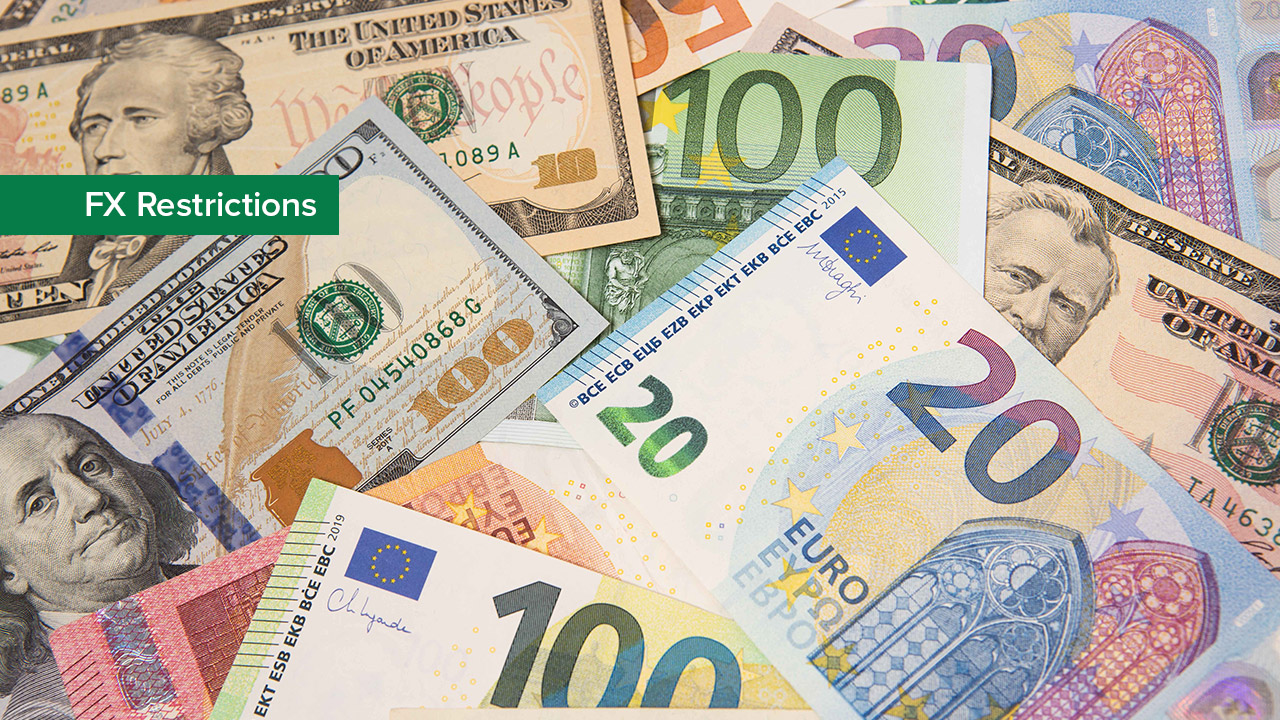Ukraine’s economy accelerated its growth to 3.3% in 2018 from 2.5% in 2017. In Q4 2018 in particular, real GDP grew 3.5% in annual terms , according to detailed GDP numbers for Q4 and the whole of 2018 released by the State Statistics Service of Ukraine.
The actual growth of real GDP in 2018 was in line with the estimate the NBU published in its January 2019 Inflation Report.
Domestic demand from both consumers and investors continued to be the main driver of real GDP growth in 2018.
- Final consumption expenditures of households increased 8.9% in annual terms after growing 9.5% in 2017. Consumption was fueled by rapidly growing wages, pensions, and labor migrant remittances to Ukraine, as well as by the rather strong consumer confidence. At the same time, government consumption was little changed from 2017 (+0.3% yoy), primarily due to the tighter fiscal policy the government conducted in H2 2018.
- In addition, investment activity continued to be an important contributor to economic growth. Gross fixed capital formation increased 14.3% in annual terms, including due to the need for businesses to modernize production and upgrade fixed assets The slight (16.1% yoy) slowdown from 2017 was driven by the gradual wearing-out of the investment catch-up effect following the underinvestment of the crisis period, and by a certain worsening of business expectations and financial performance of companies, including due to weaker exports.
- Exports of goods in 2018 declined in volume by 1.6% following an increase of 3.8% in 2017. The decline was attributable to the worsening of external conditions throughout the year, in particular the spread of protectionist measures in international trade, the escalation of the standoff in the Sea of Azov later in the year, repairs at several large metallurgical enterprises, and the lower harvest of early grain crops.
-
Despite the sustained domestic demand, the growth of imports decelerated significantly as well – to 3.2% in 2018 from 12.6% in 2017, including because of a nearly 25% reduction in purchases of natural gas.[NK1] As a result, the contribution of net exports to real GDP growth in 2018 continued to be negative (-2.6 pp) but shrank by half compared to a year earlier (-5.2 pp).
By type of activity, the biggest contribution to GDP growth came from agriculture, which saw a record harvest of grains and oilseeds, and from trade and services, which were driven by robust consumer demand. Construction and the financial sector grew rapidly. Energy and mining industries returned to growth against the backdrop of the low comparison base of 2017 (when trade with the temporarily occupied regions was suspended and Ukrainian enterprises were seized). Meanwhile, transportation and manufacturing saw their performance decline over logistical issues and repairs at metallurgical plants.
In 2019, economic growth will continue, albeit decelerating temporarily to 2.5%, according to the forecast the NBU published in its January 2019 Inflation Report. Tight monetary policy, which is necessary to return inflation to the medium-term target of 5% ± 1 pp, and restrained fiscal policy, driven by large repayments on external debt, will be the main factors dragging down GDP growth in 2019. Real GDP growth in 2018 will continue to be primarily driven by domestic demand from both consumers and investors. Economic growth will again accelerate in 2020–2021 as monetary policy is gradually eased, investment activity picks up, and political uncertainty diminishes.
A revised forecast will be published in the April 2019 Inflation Report.







